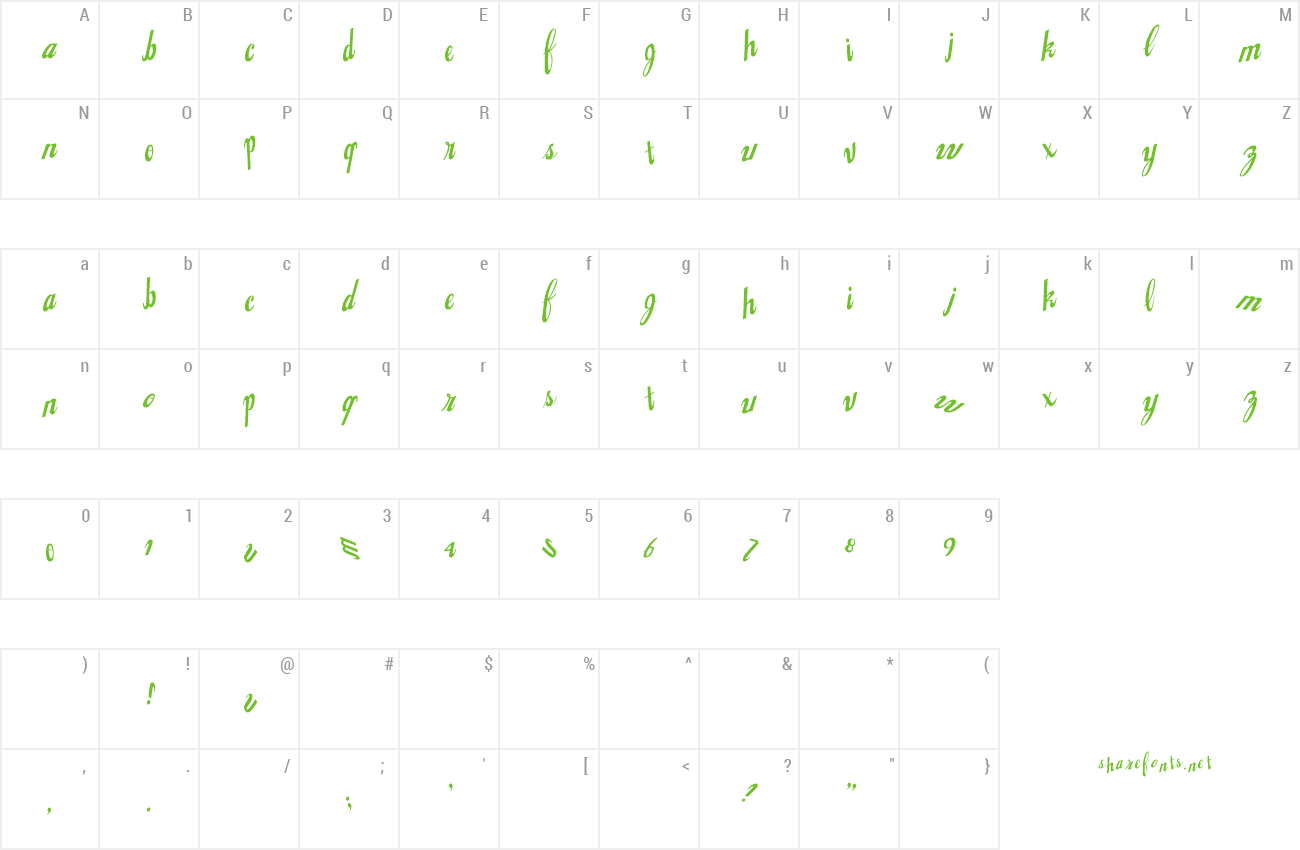

For example, the Elephant font has no fraction characters in it, while Verdana does. Not all fonts have the same characters in them. The most important thing to understand when inserting symbols, fractions, special characters, or international characters is that the font you use is critical. Of course, if you want to use evernote to stay organized, you can always just use LibreOffice's word processor to create the notes, and then import them into evernote.You can easily insert a special character, fraction, or other symbol in your PowerPoint presentations and Excel workbooks. Install that through your extension manager, and then you just have to hit a button, type some quick lilypond quote, and you have your snippet, inserted into the file as a graphic. And there's a lilypond extension for OpenOffice/LibreOffice, called ooolilypond. Again, there's a learning curve to lilypond, but it really is powerful, and once you learn it you can do anything. The second possibility is to abandon evernote during music theory classes and instead use OpenOffice or (as I prefer) LibreOffice.

The problem is, VexTab is a work in progress, and lately, not much progress has been made - it seems to have stagnated. There's a learning curve, but it's not bad. This will let you type in music examples and have them imported right into the page you're working on. If you're needing to combine musical snippets with formatted text, there are a couple of things you can do.įirst, if you're using evernote's web interface and not a standalone program, you can run it in Google Chrome, and get the "VexTab" add-on. Personally, I think the advantages are enormous, but there is an army of people out there who just won't touch anything that's not strictly WYSYWYG and menu-driven, so if you are one of them, it might not be your cup of tea.ĮDIT: There is a web version, apparently: ĮDIT2: There is also a GUI which may be useful for beginners: The downside is that - for the basic things the learning curve is not really steep, but you need to have a look at the manual first, you can't get away with guessing your ways through menus. You can actually not only paste it into Evernote (since it's text based), but you can embed it in a LaTeX source like an equation, so you can have beautifully typeset notation inside beautifully typeset lecture notes:

Most importantly, if you are a touch typist you don't need to take your eyes off the blackboard, you don't need to fiddle with the mouse and go through menus instead of paying attention in class. The primary advantage of such a tool is that it can produce very beautiful scores of all kinds, including neumatic notation and stuff: This is primarily opinion based, but as someone who has taken a lot of calculus and engineering notes in LaTeX I feel like recommending Lilypond, which is basically the LaTeX of music:


 0 kommentar(er)
0 kommentar(er)
